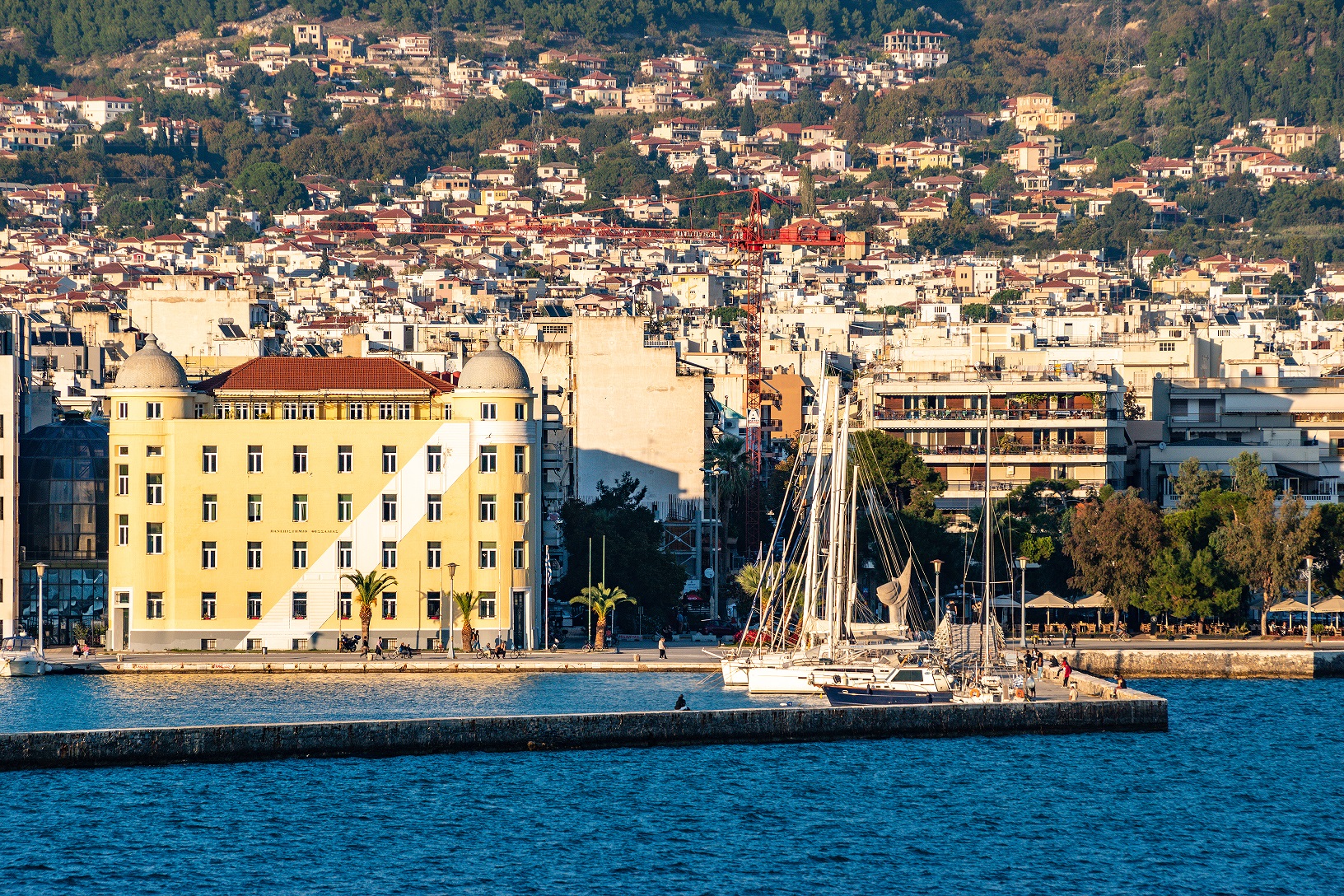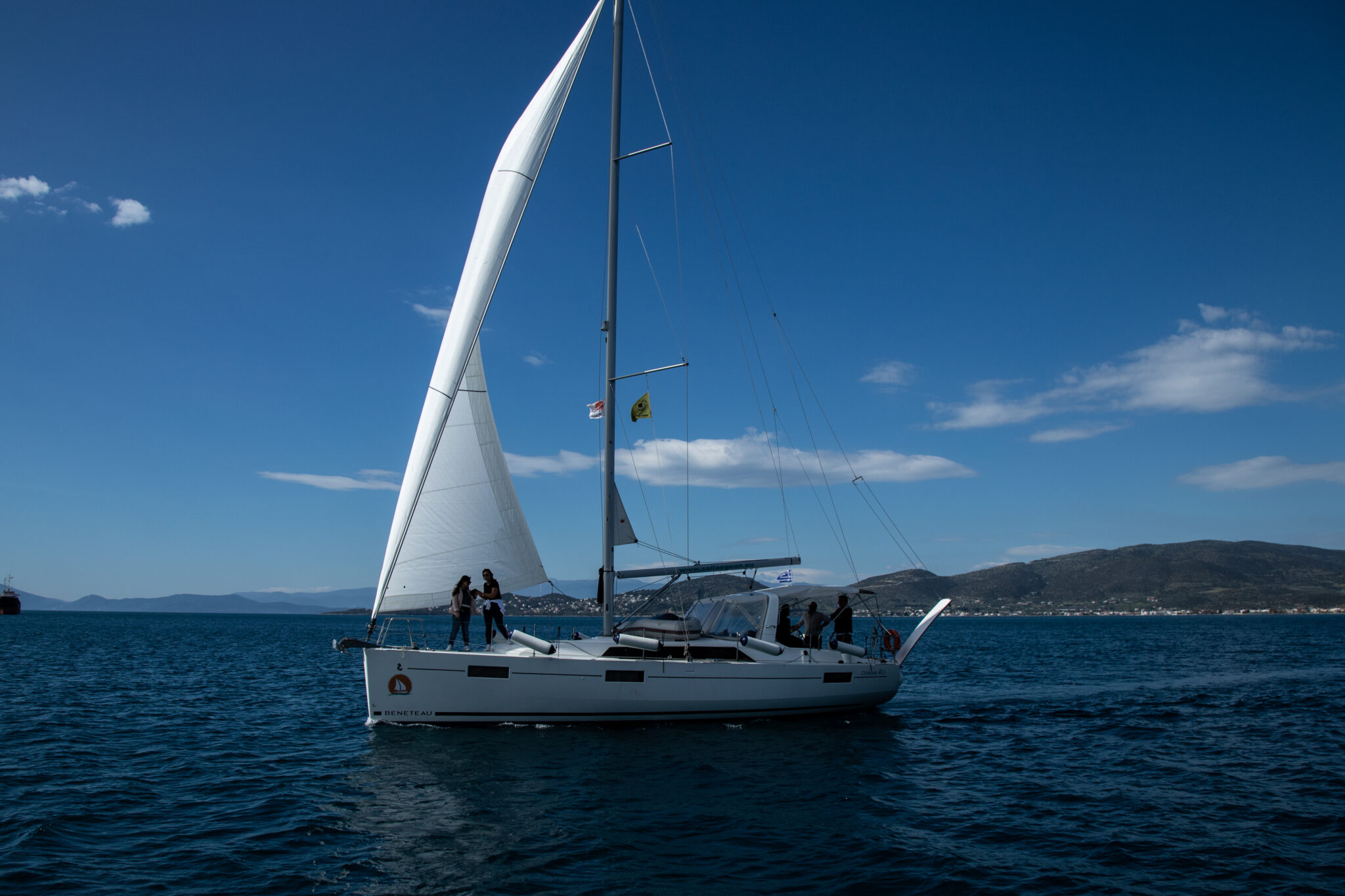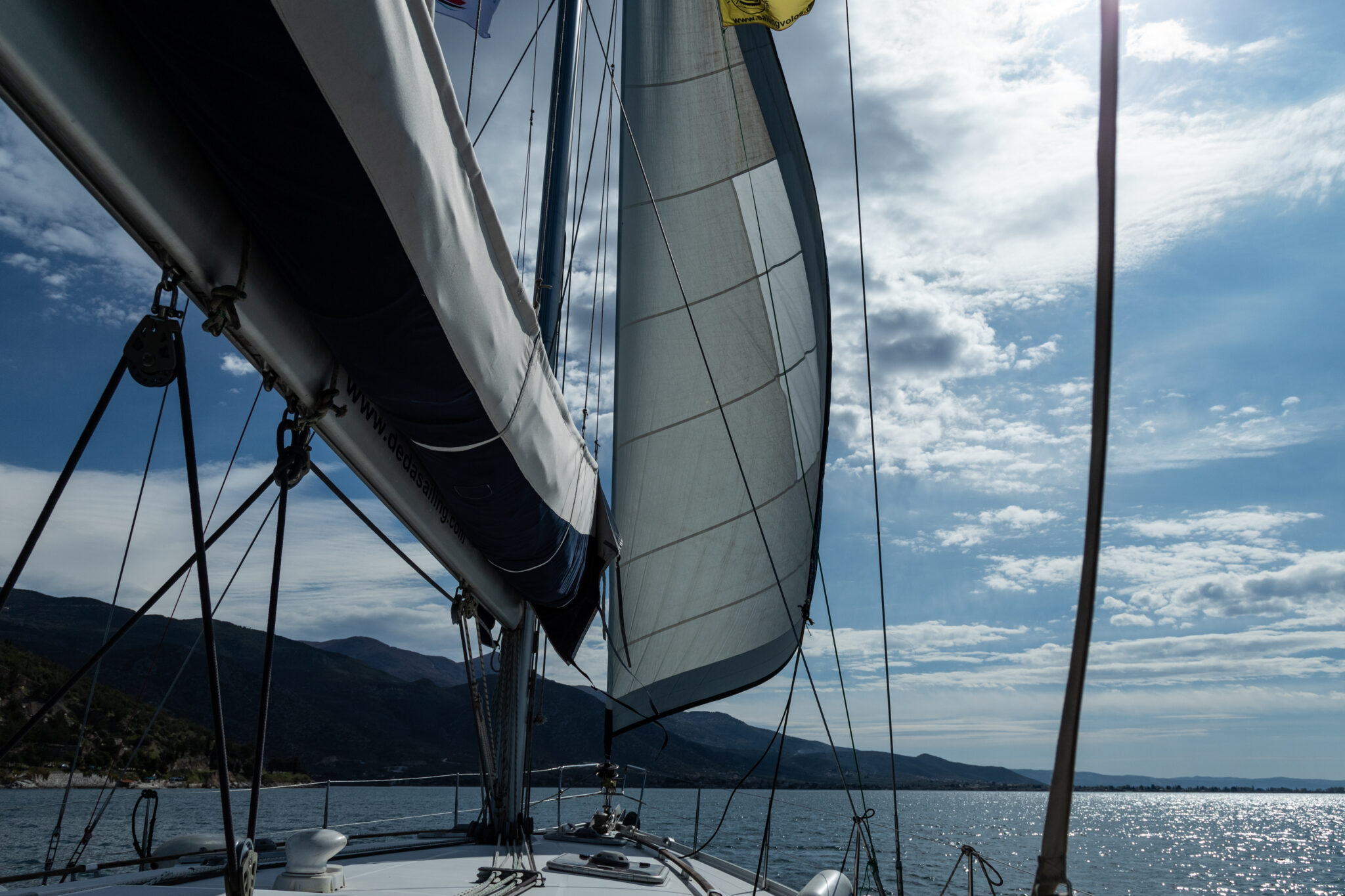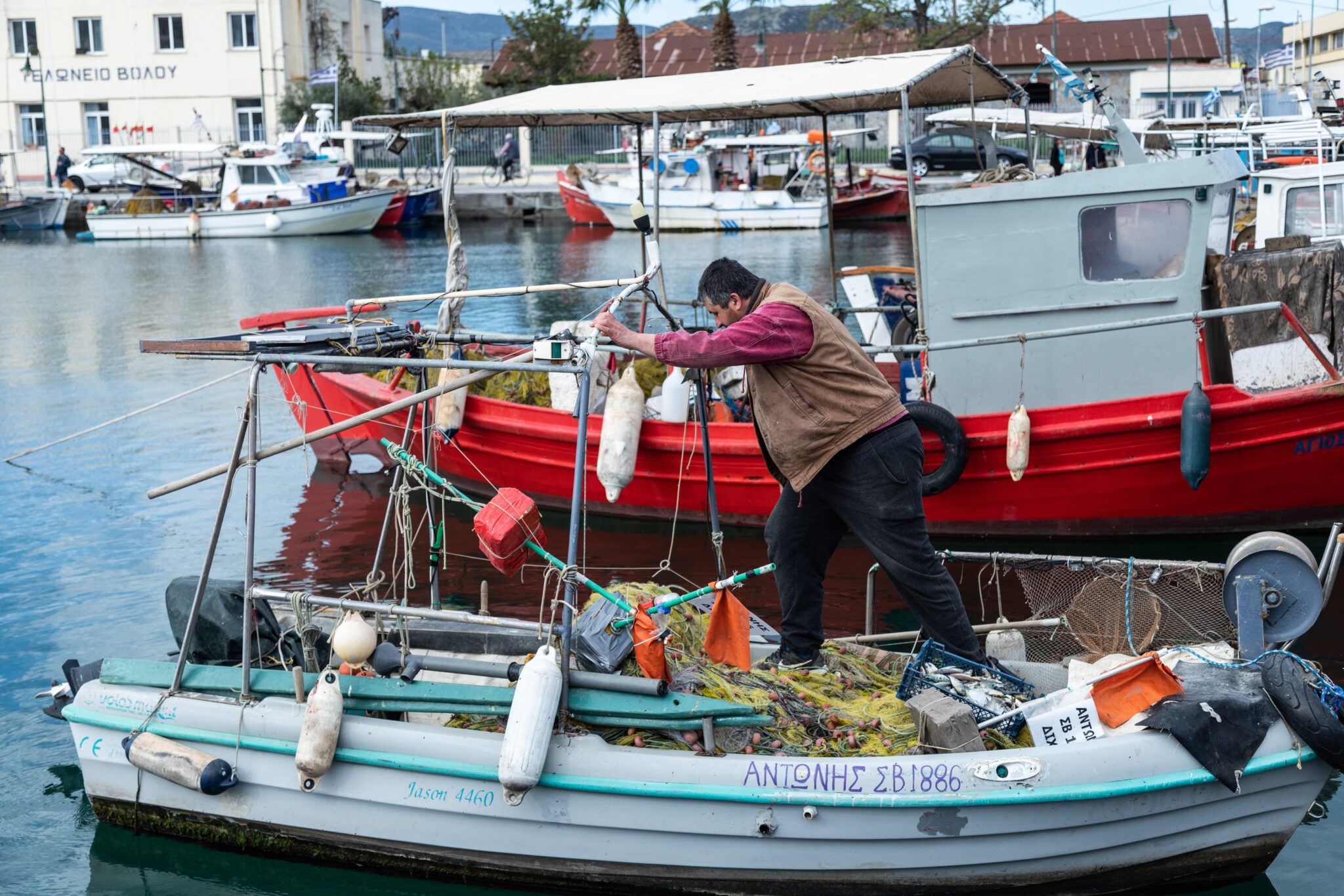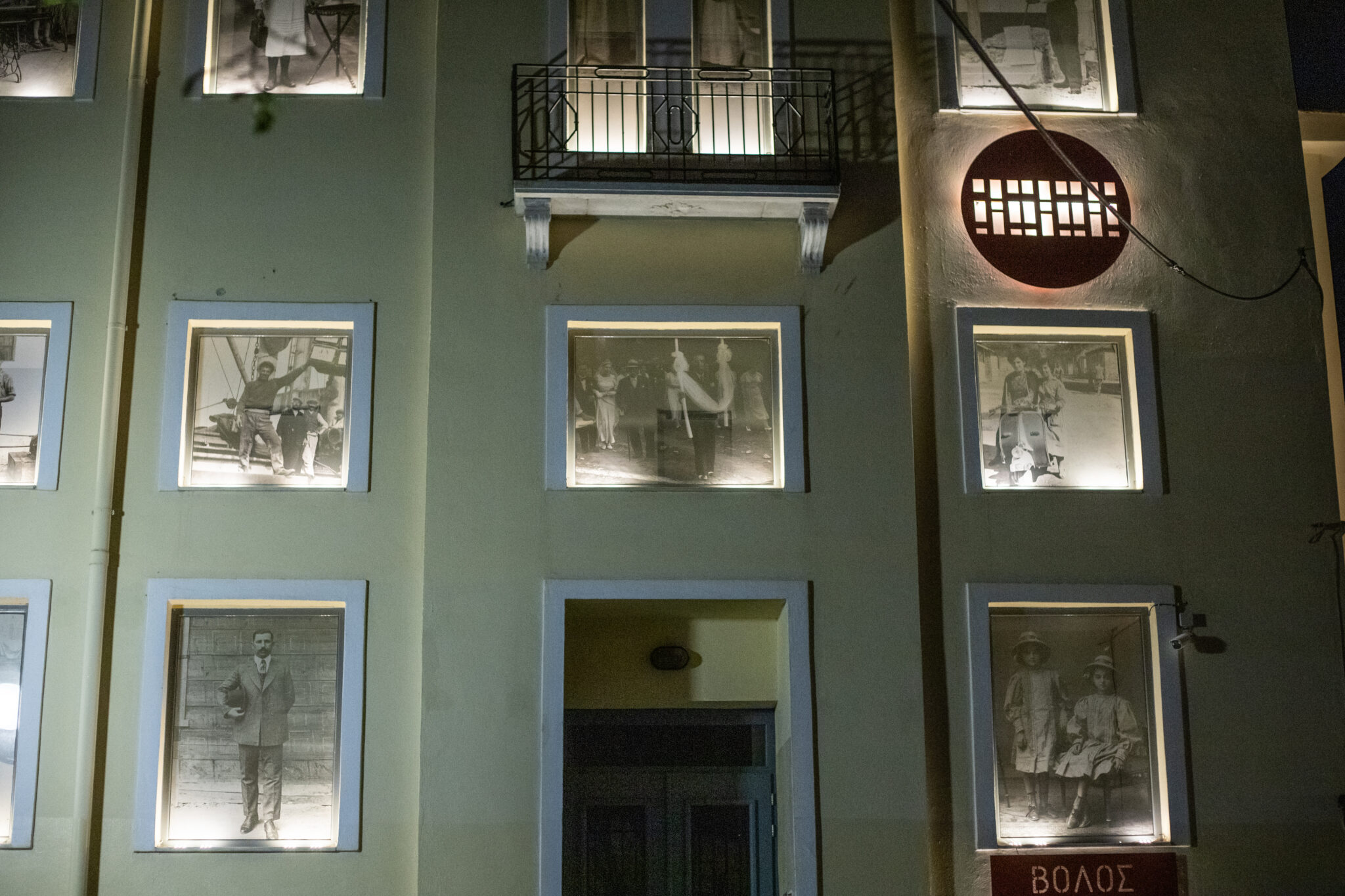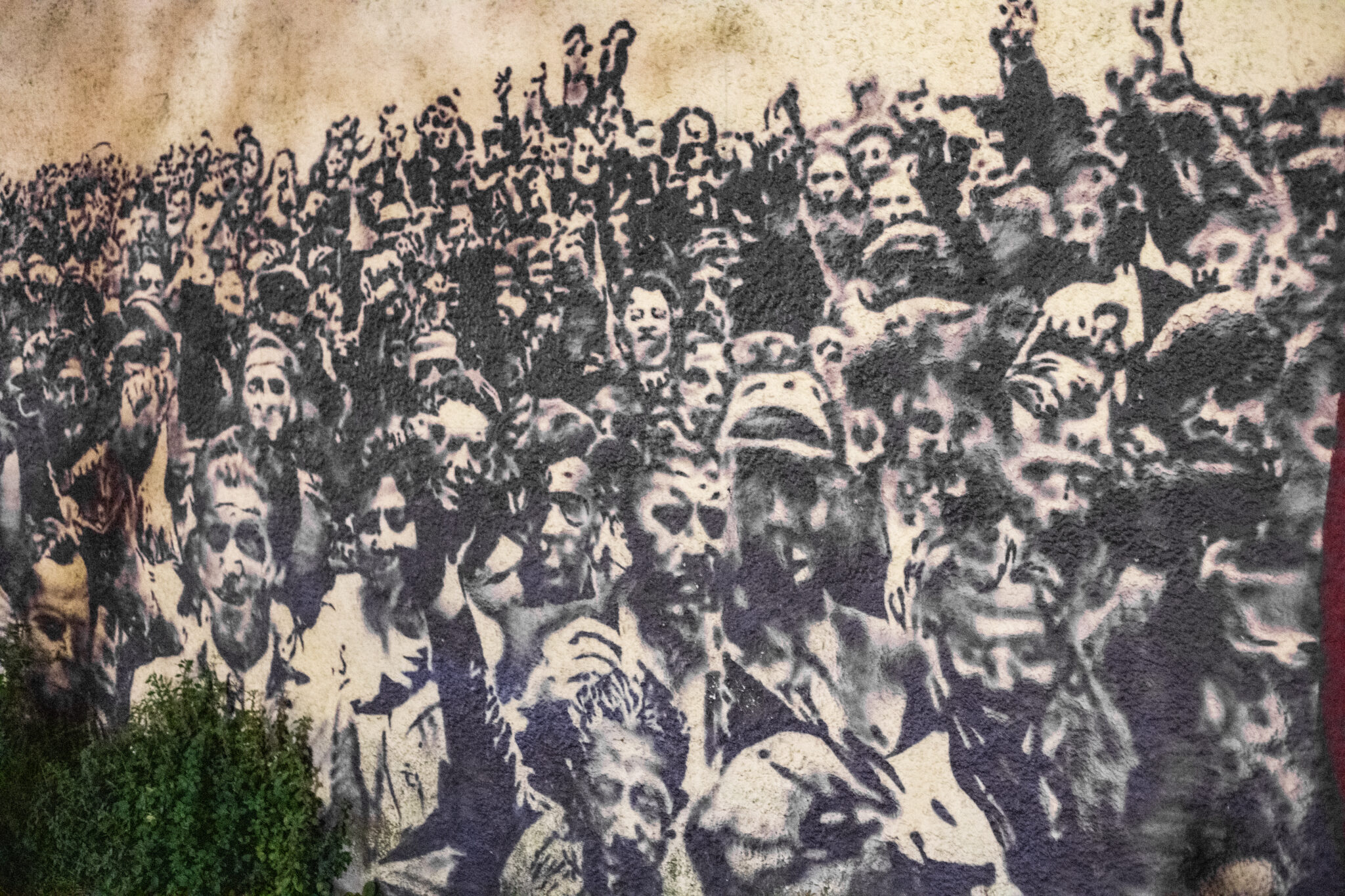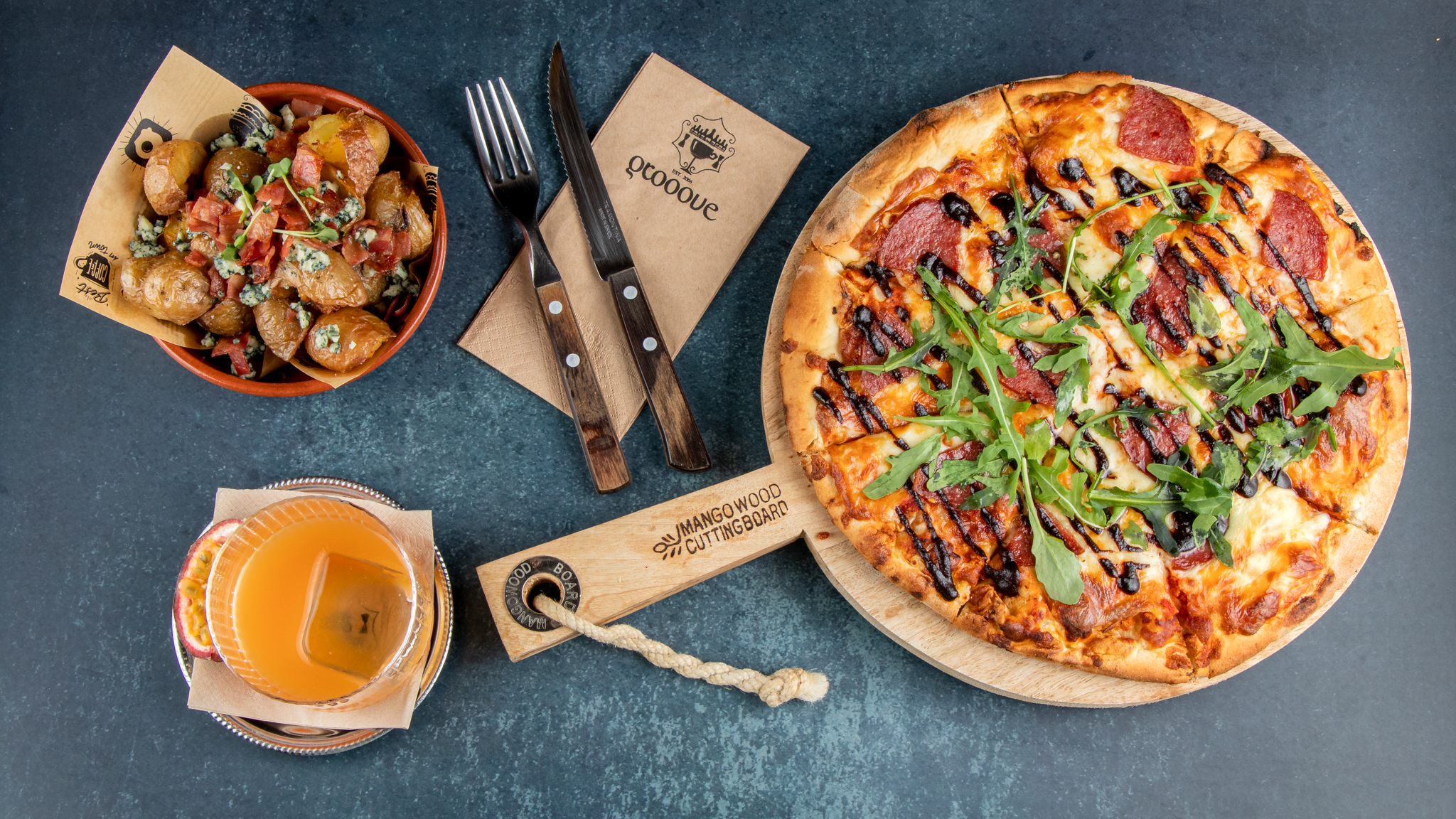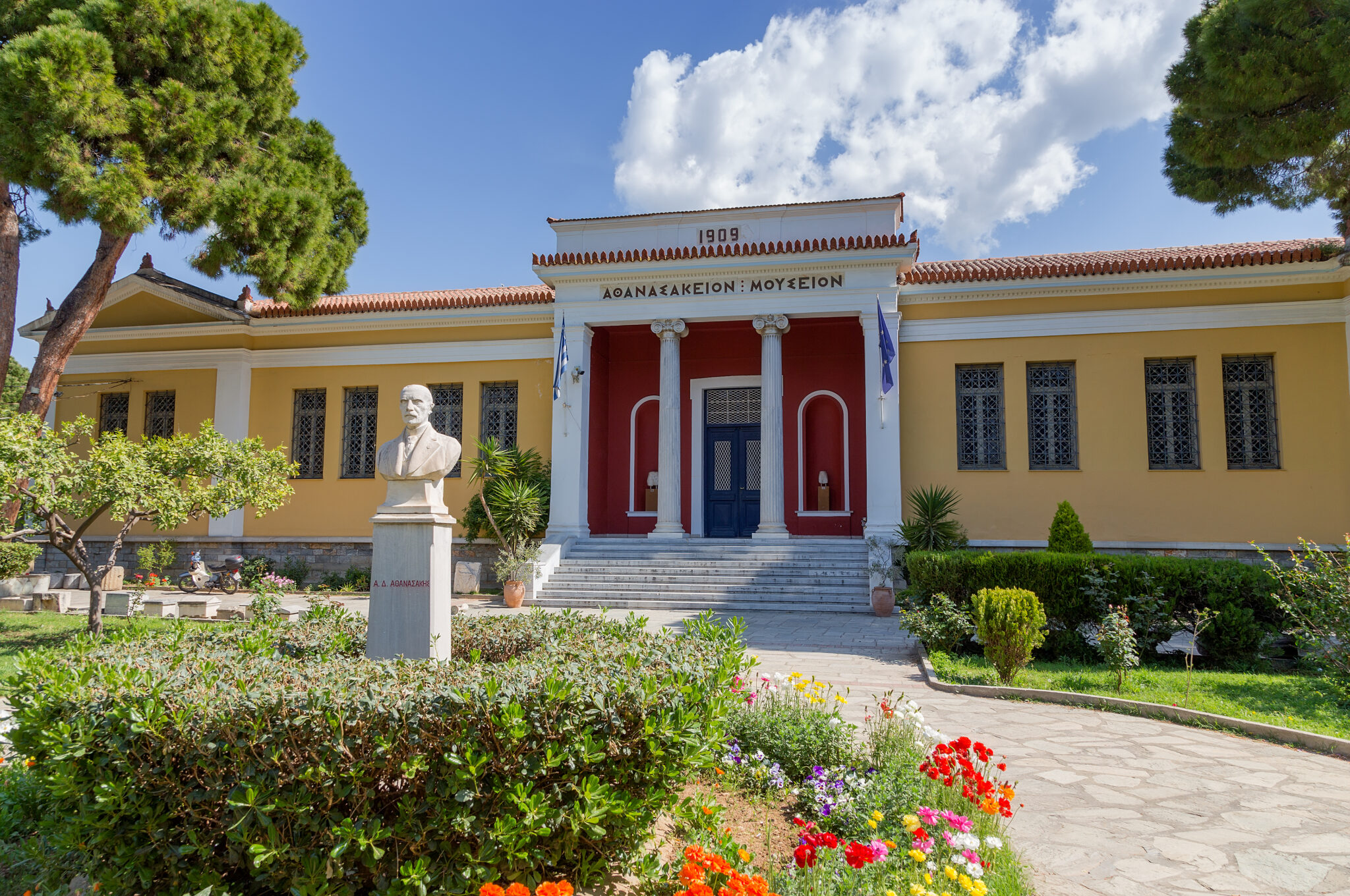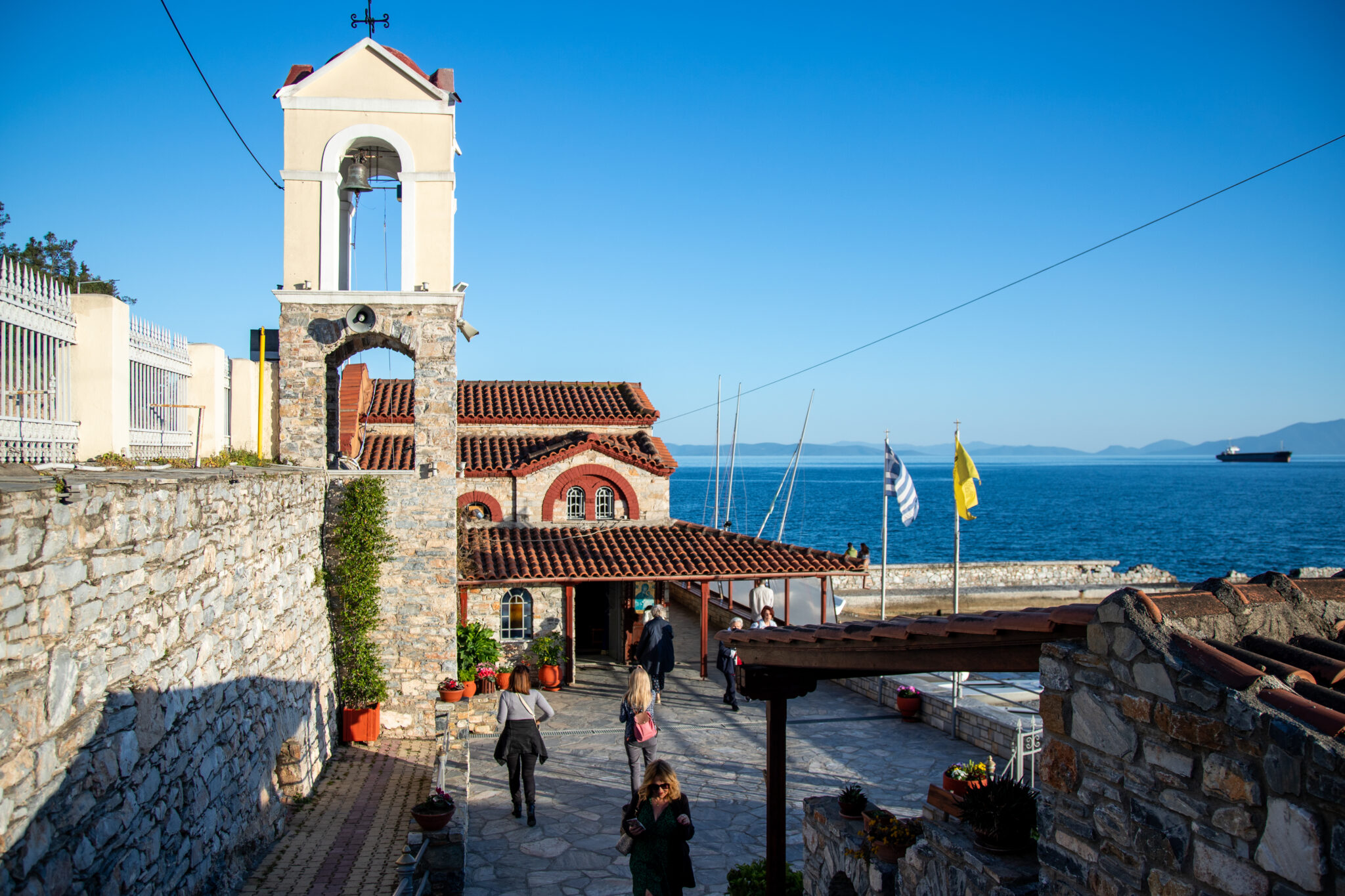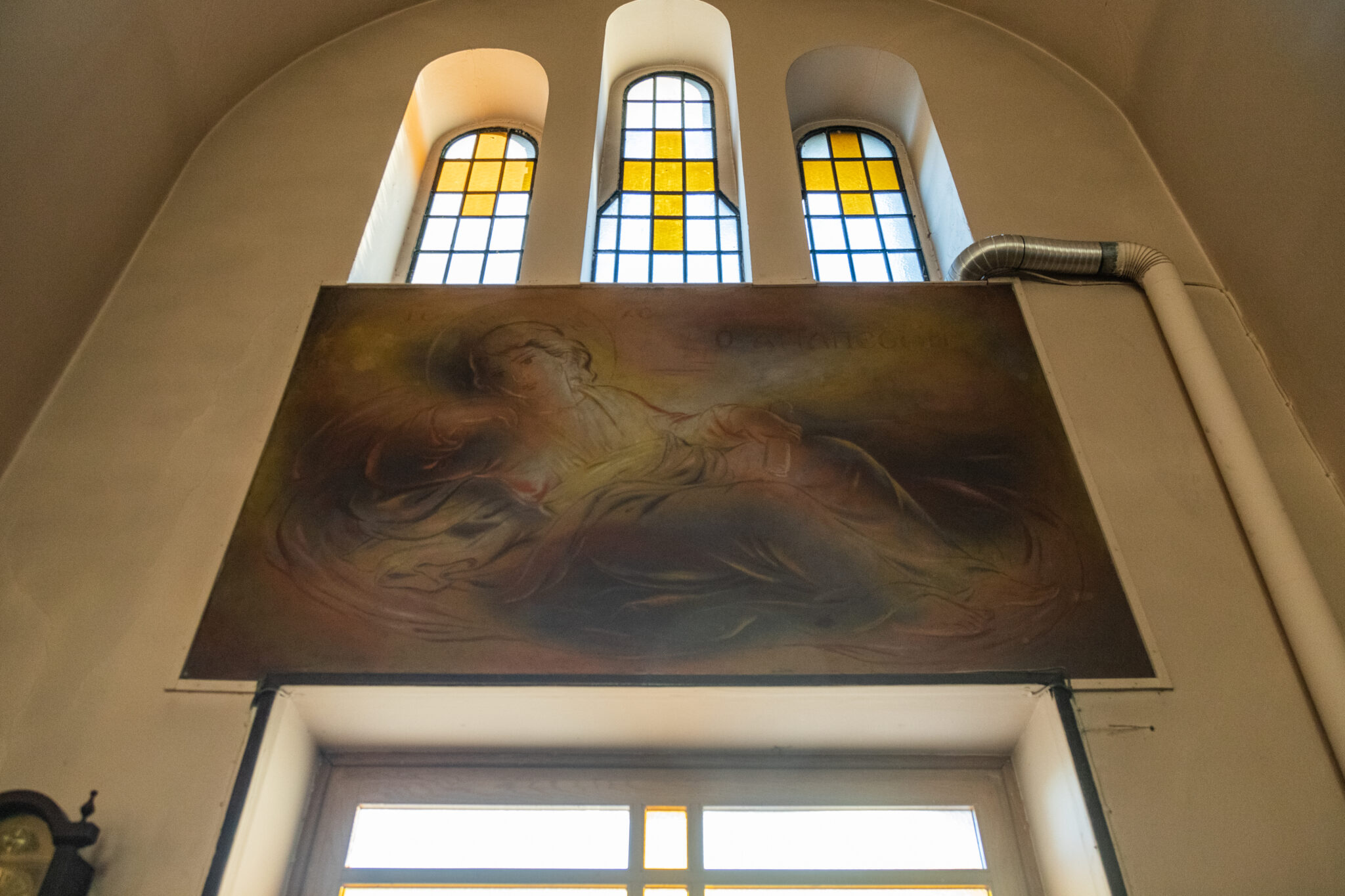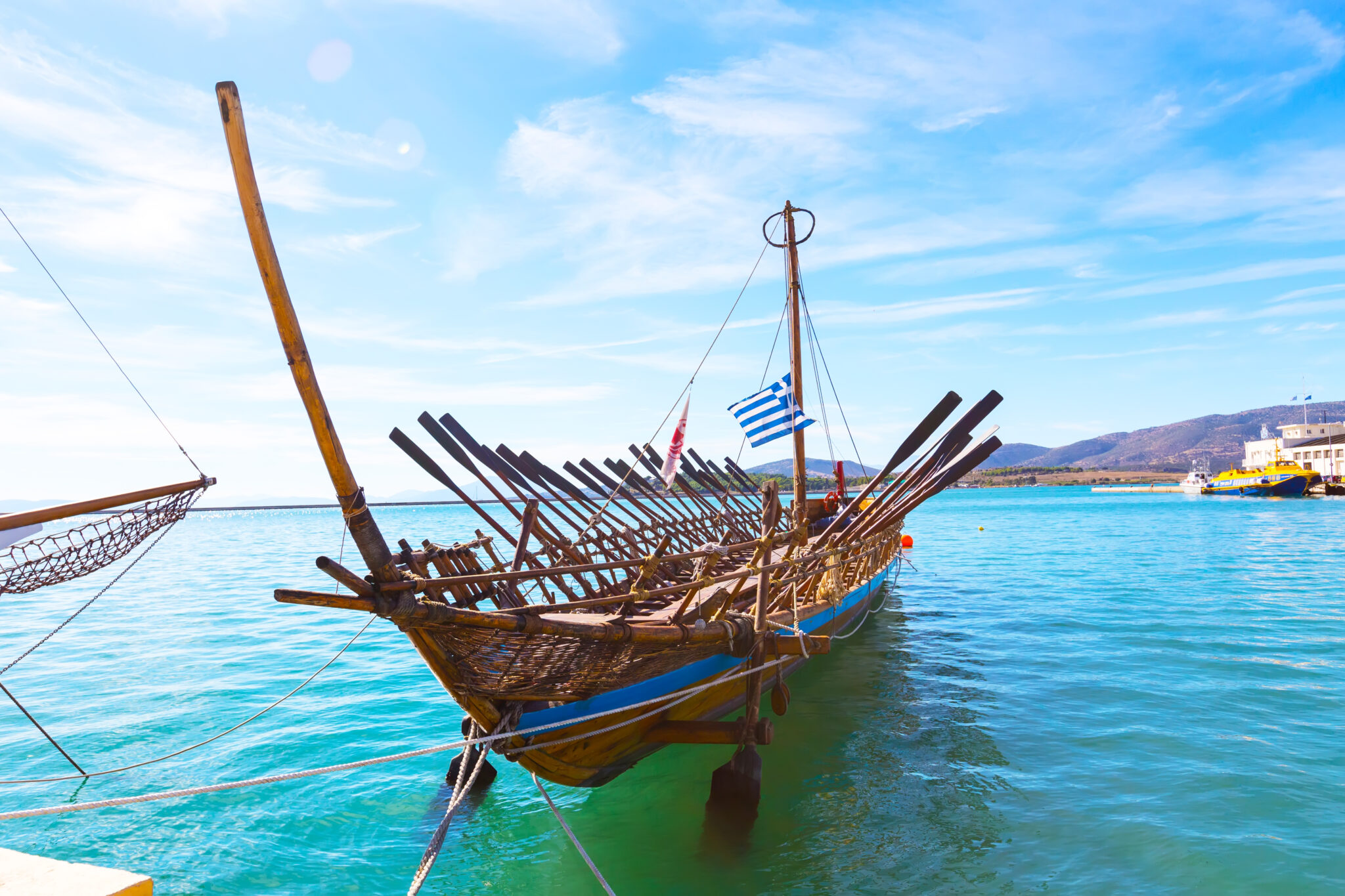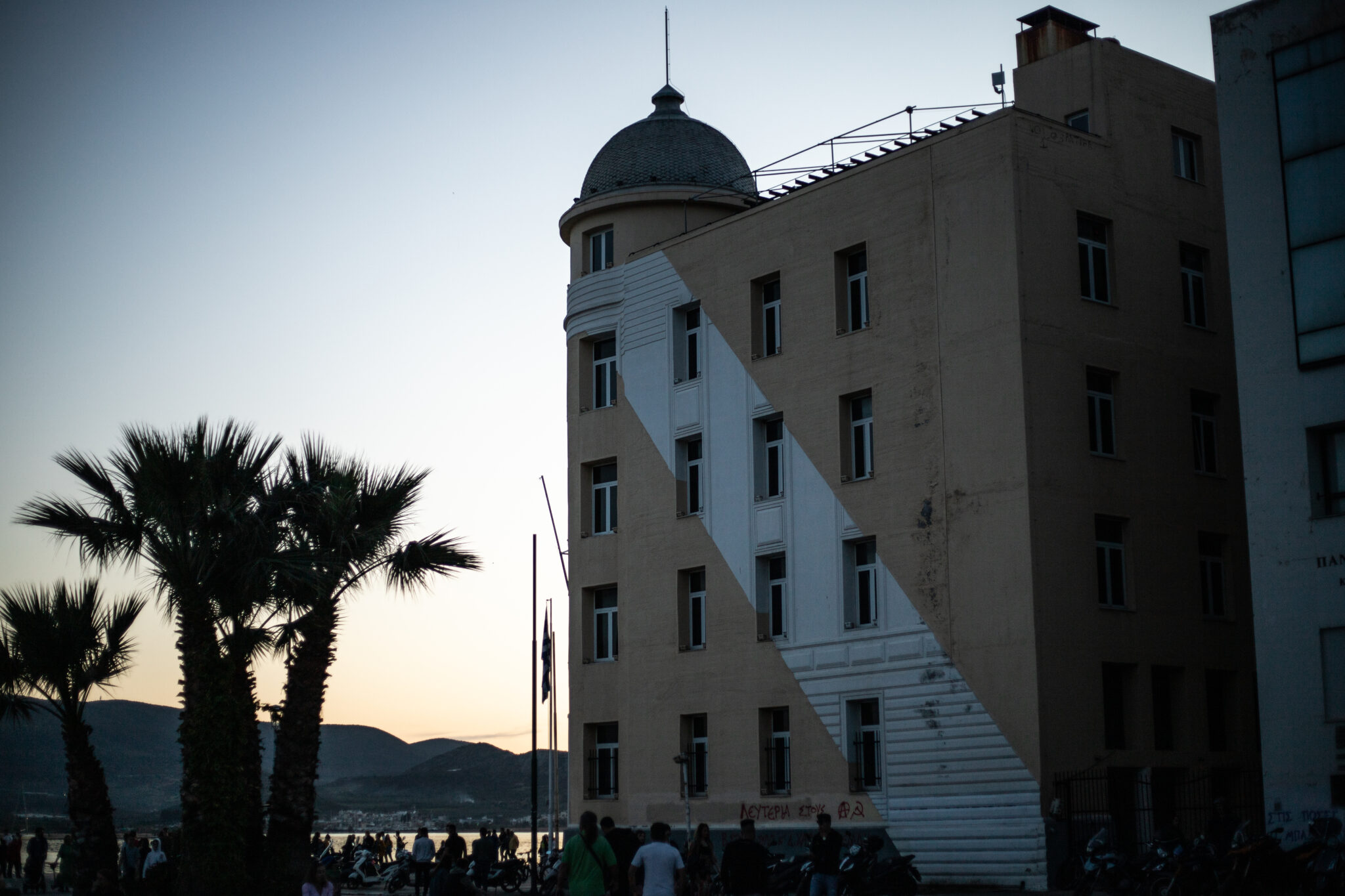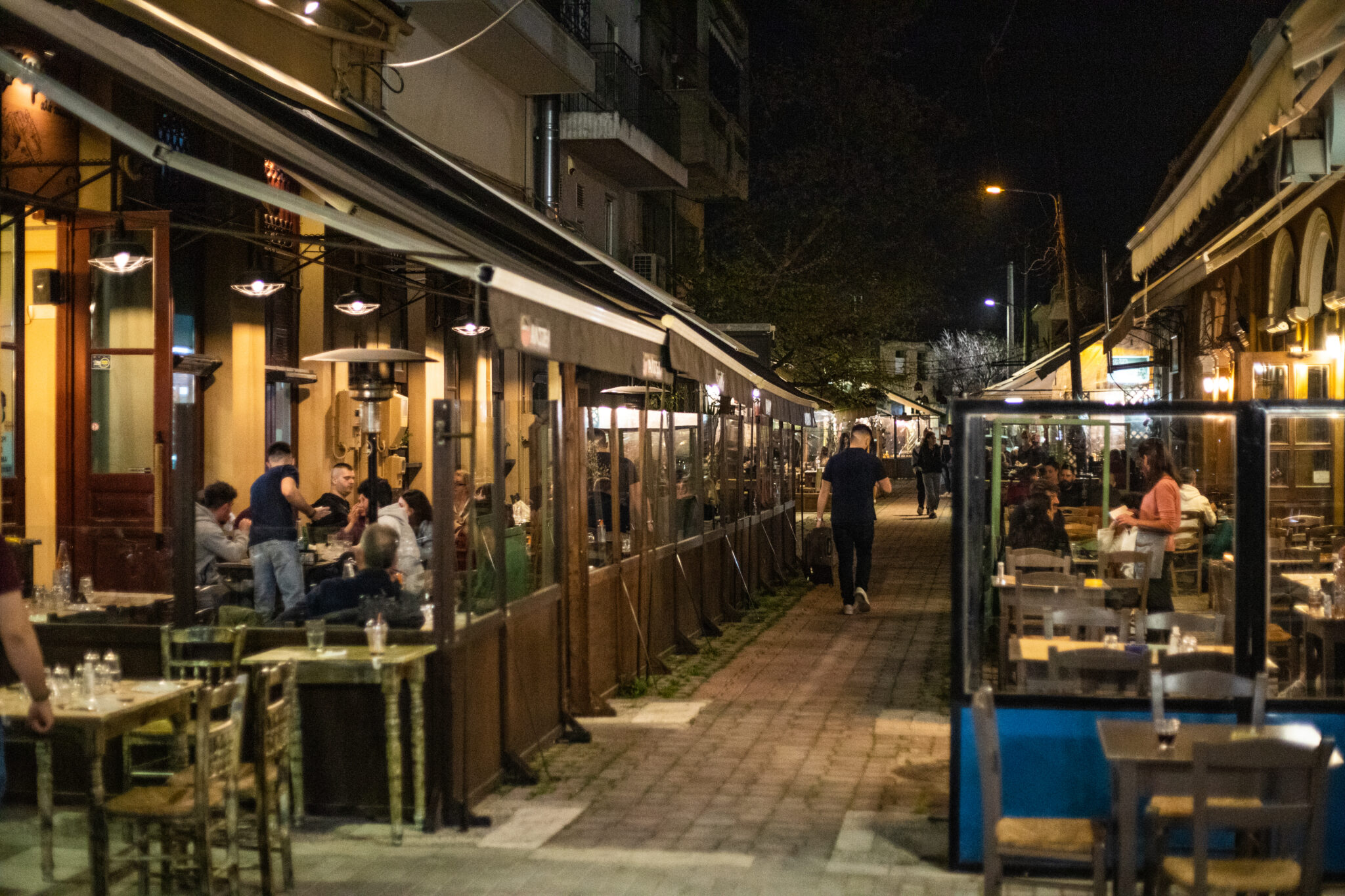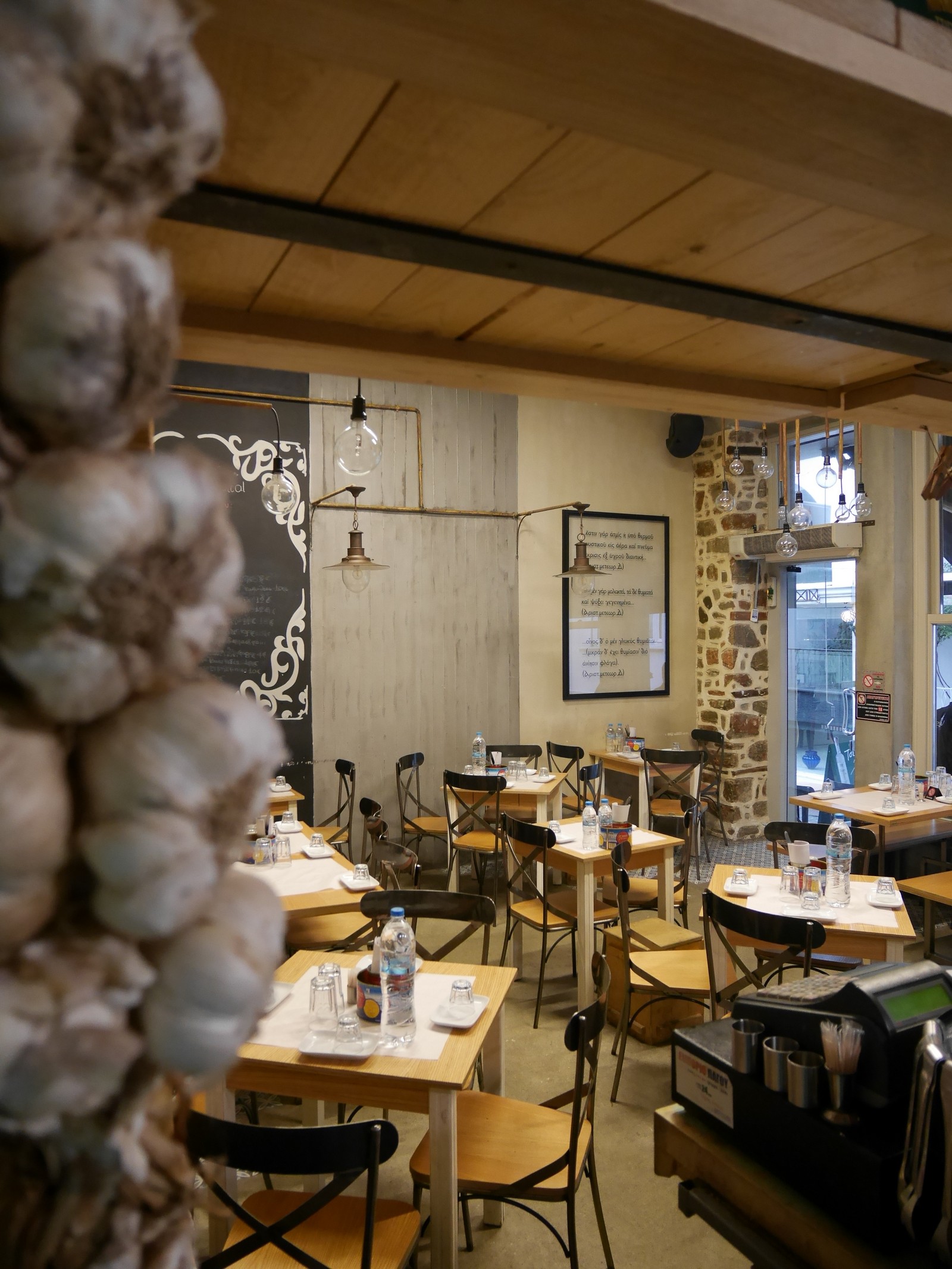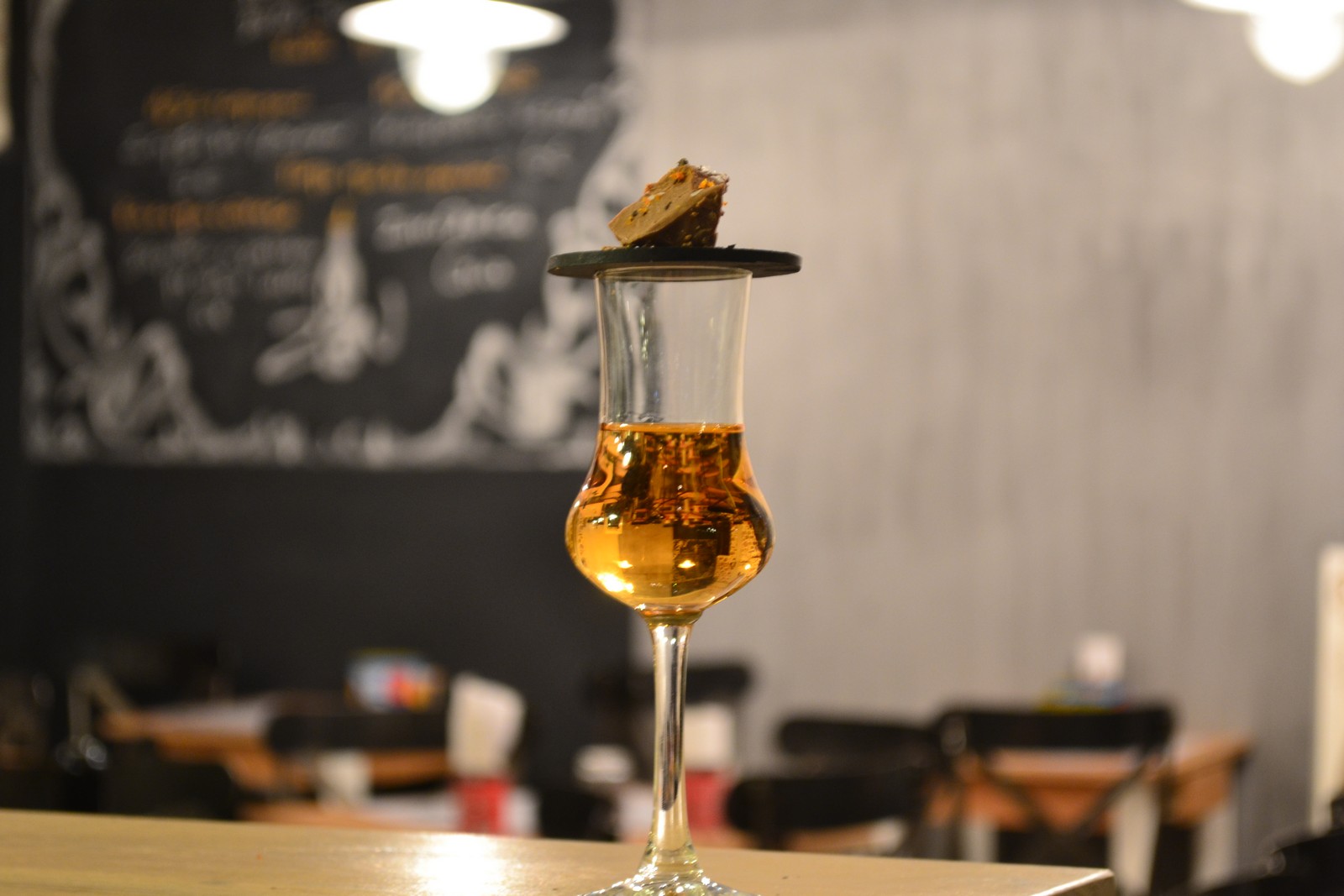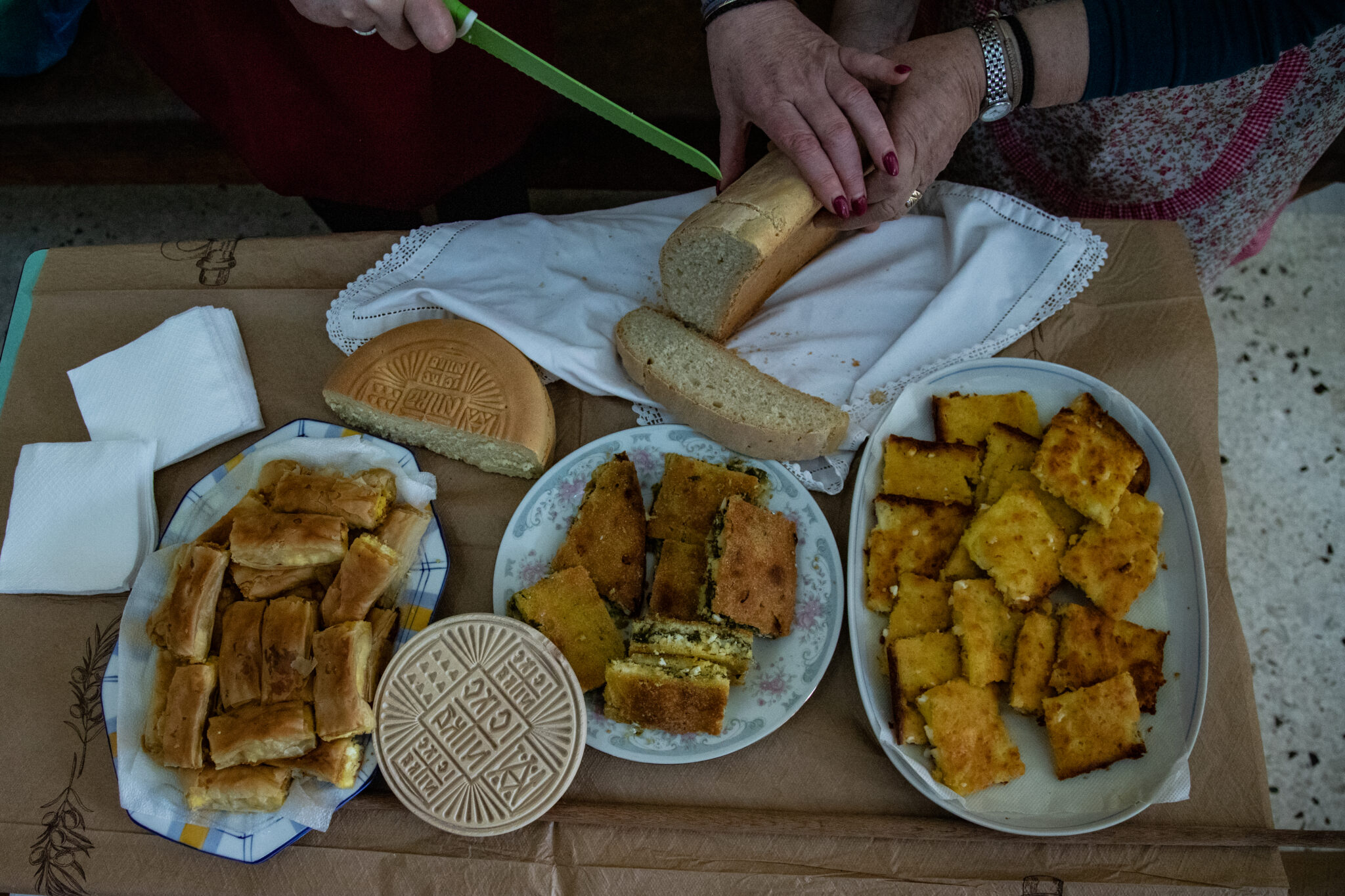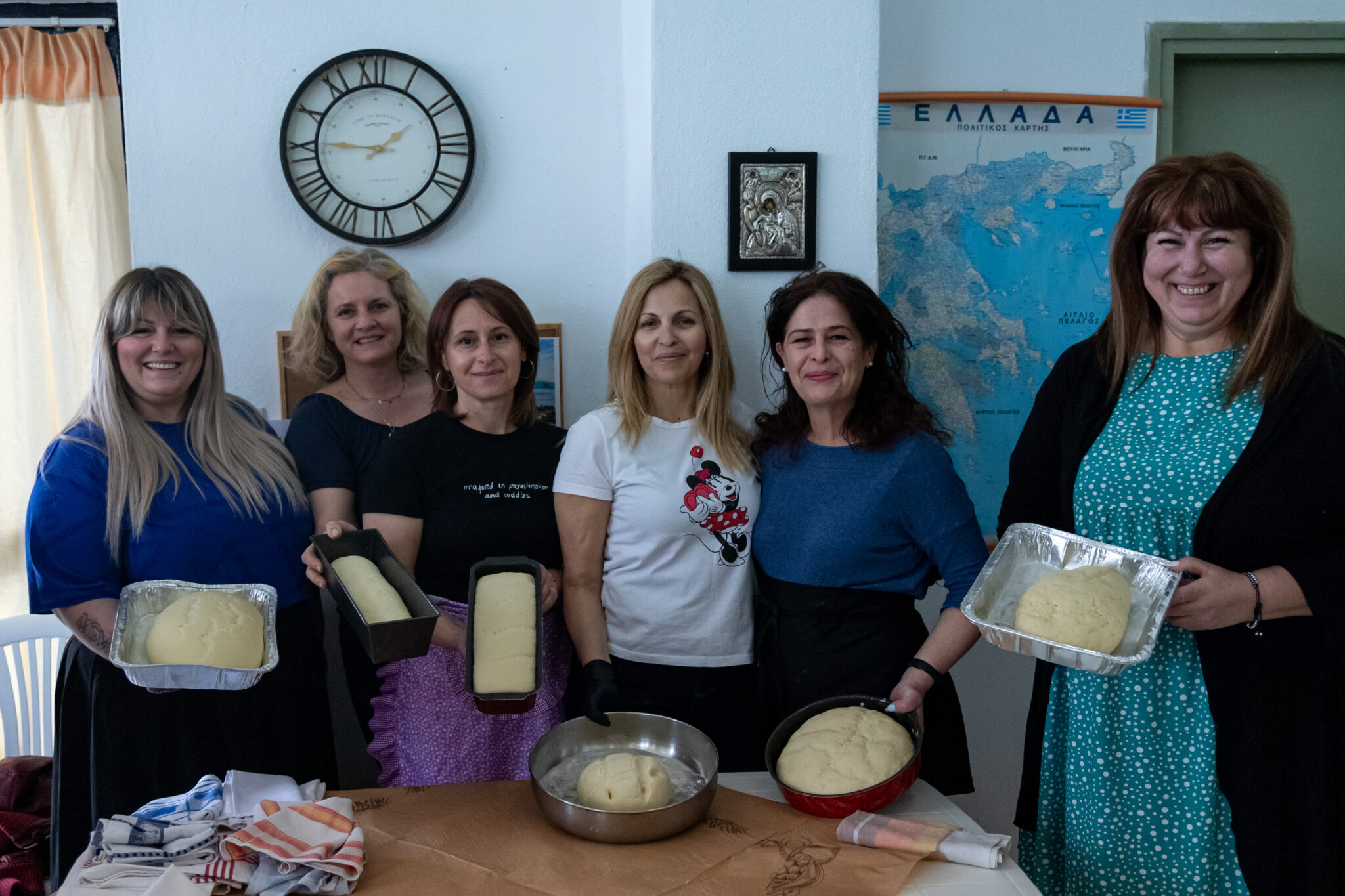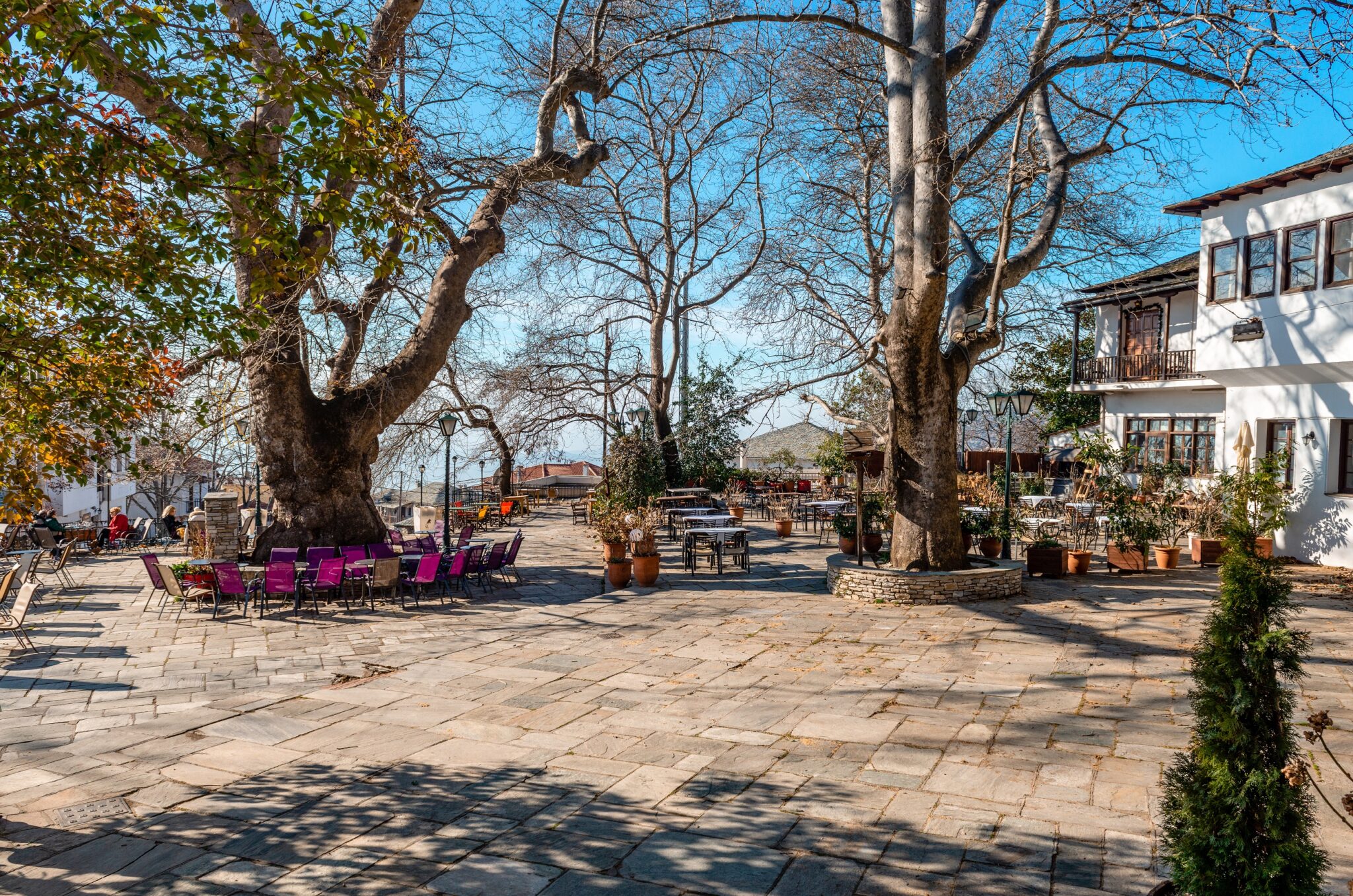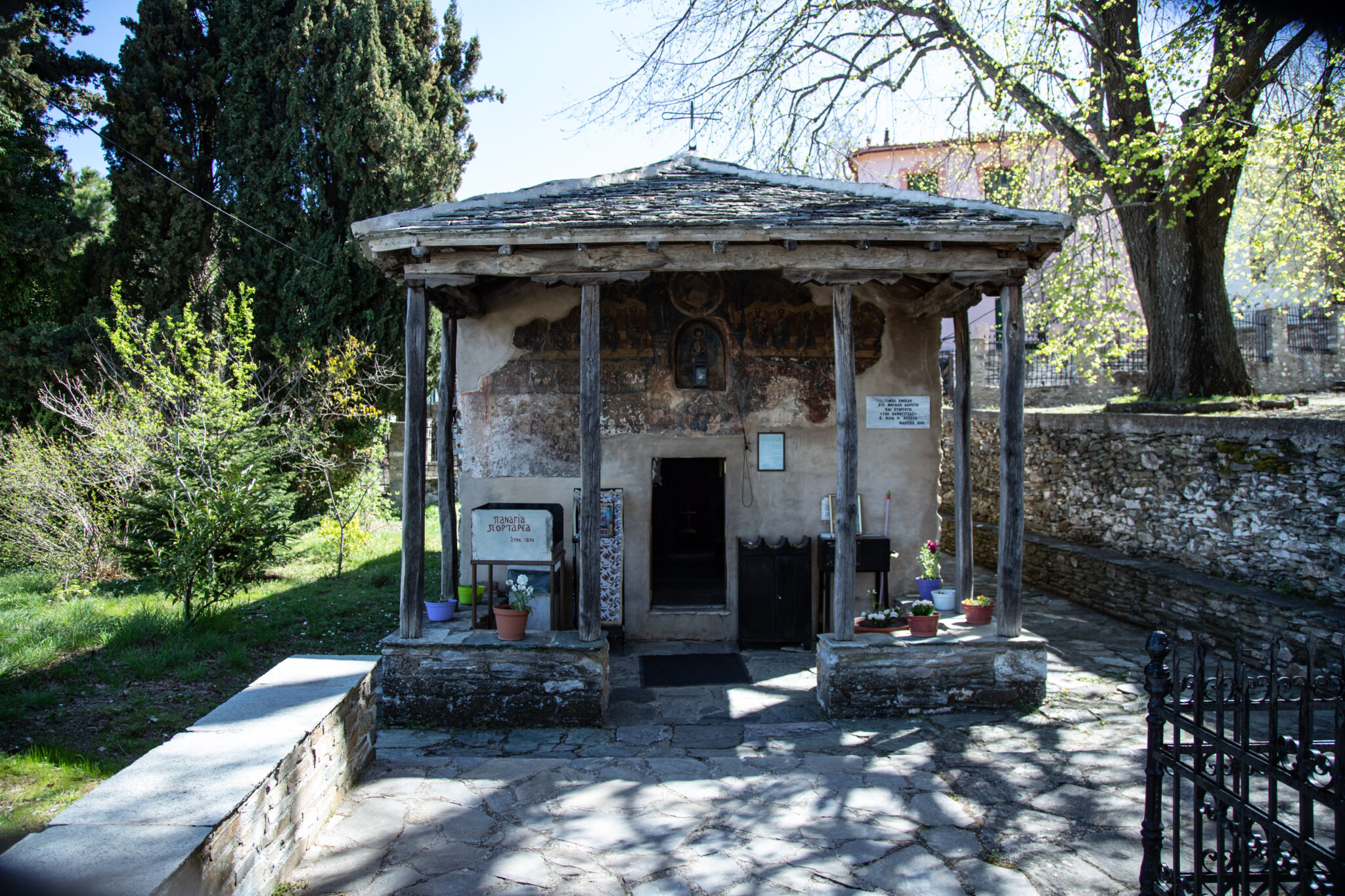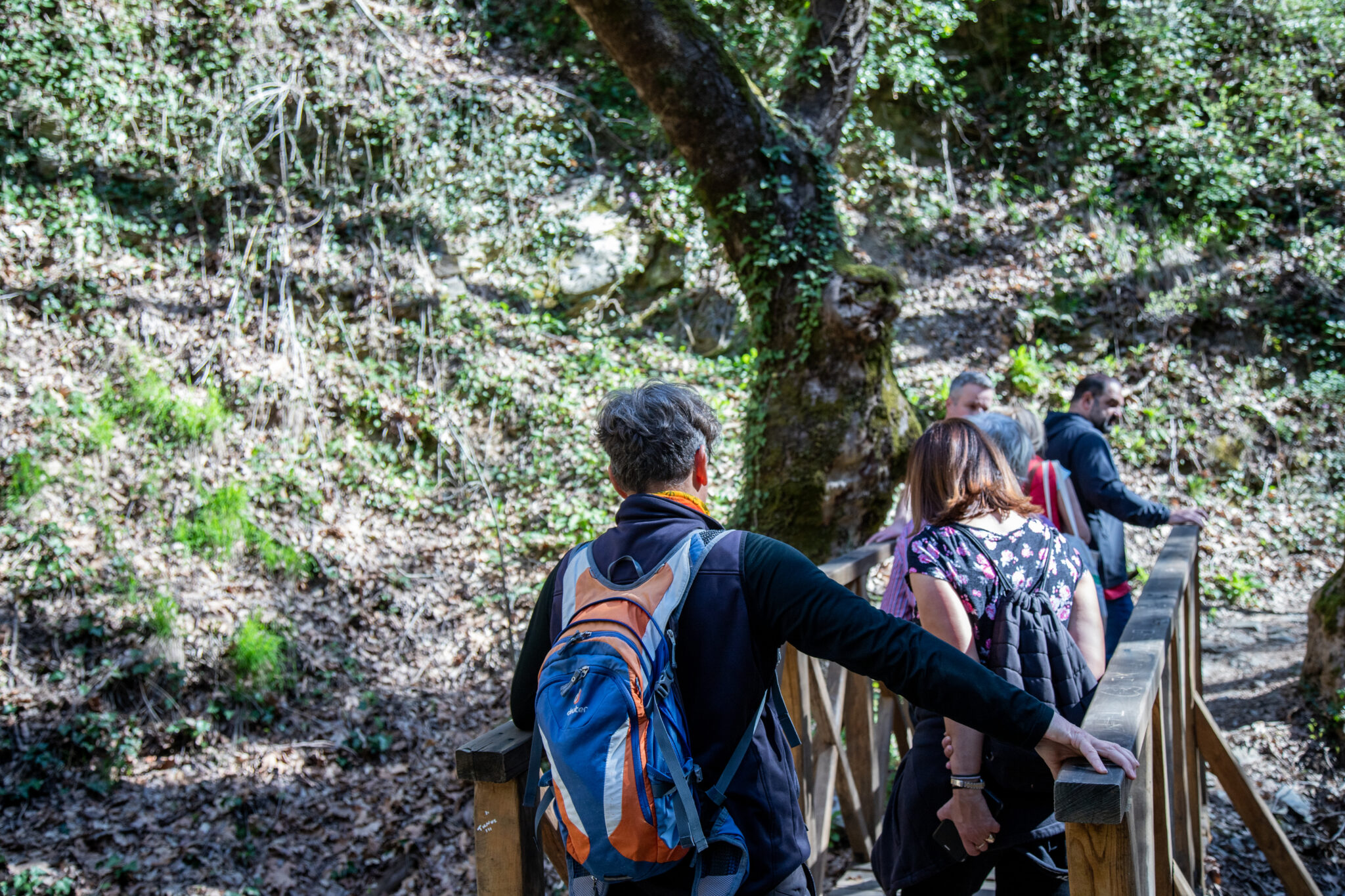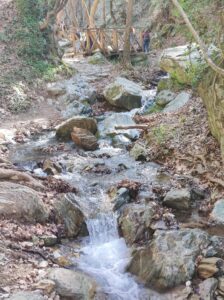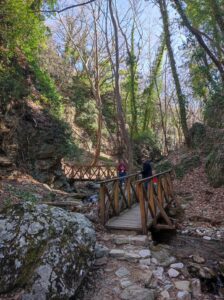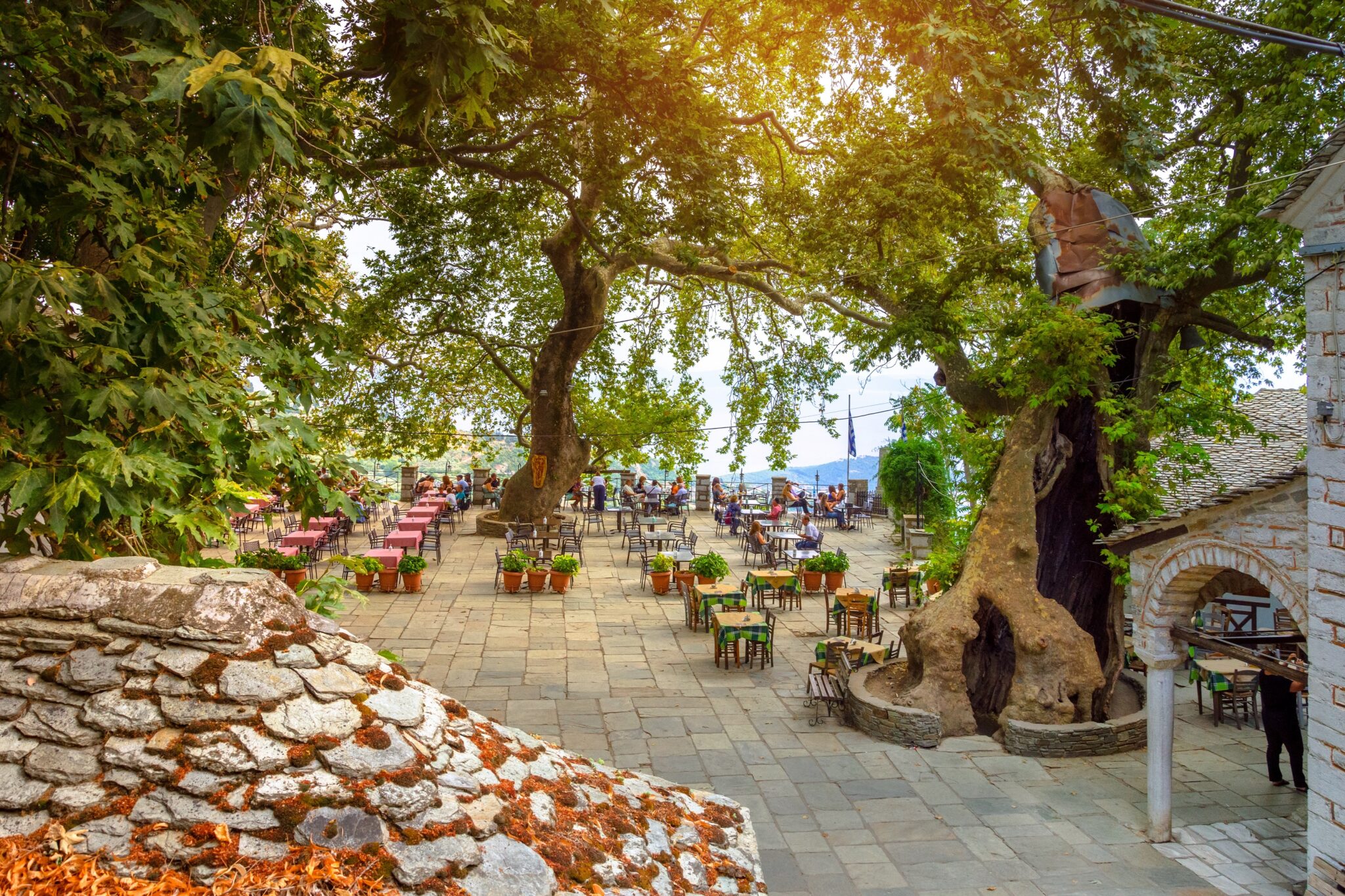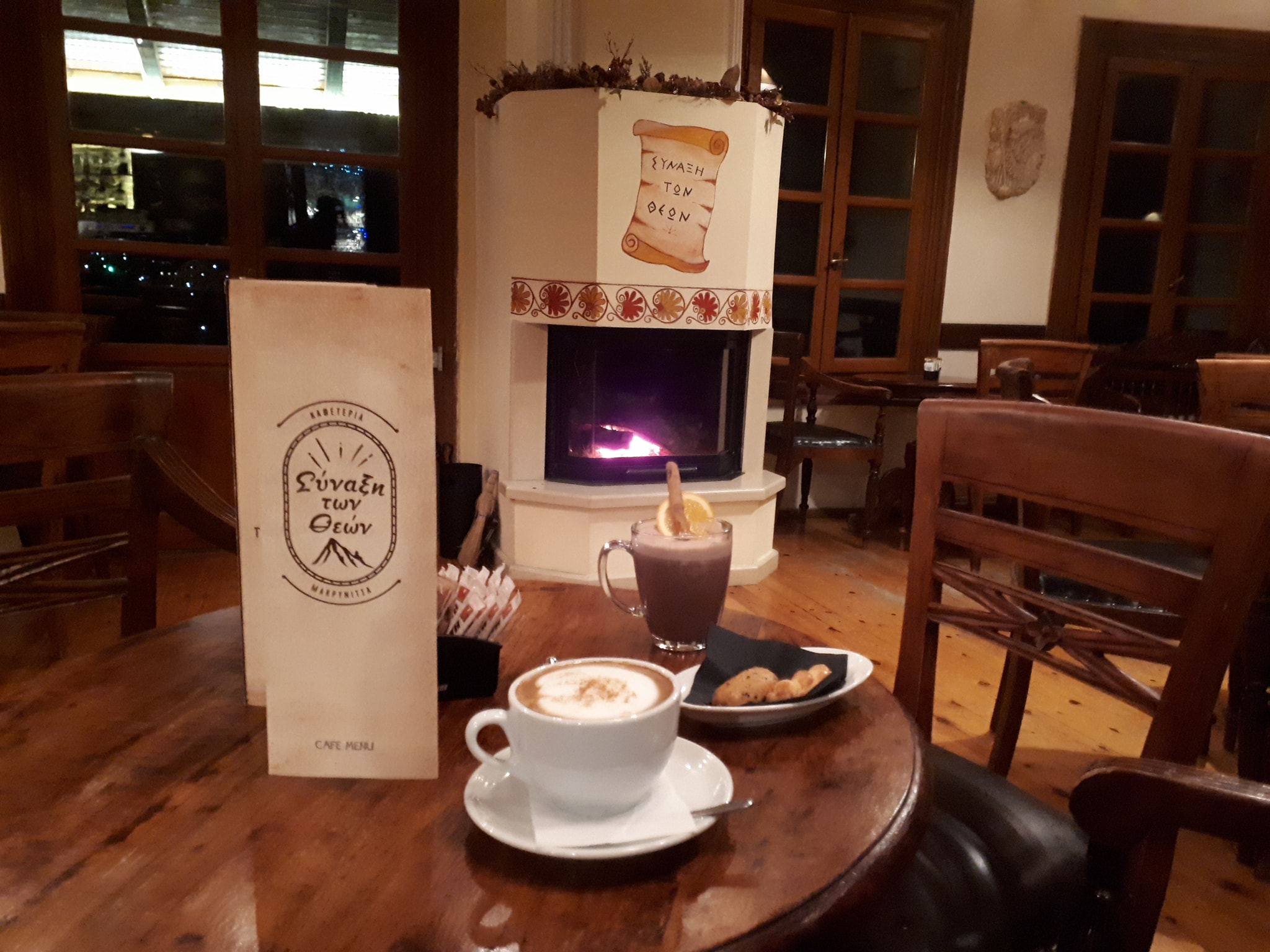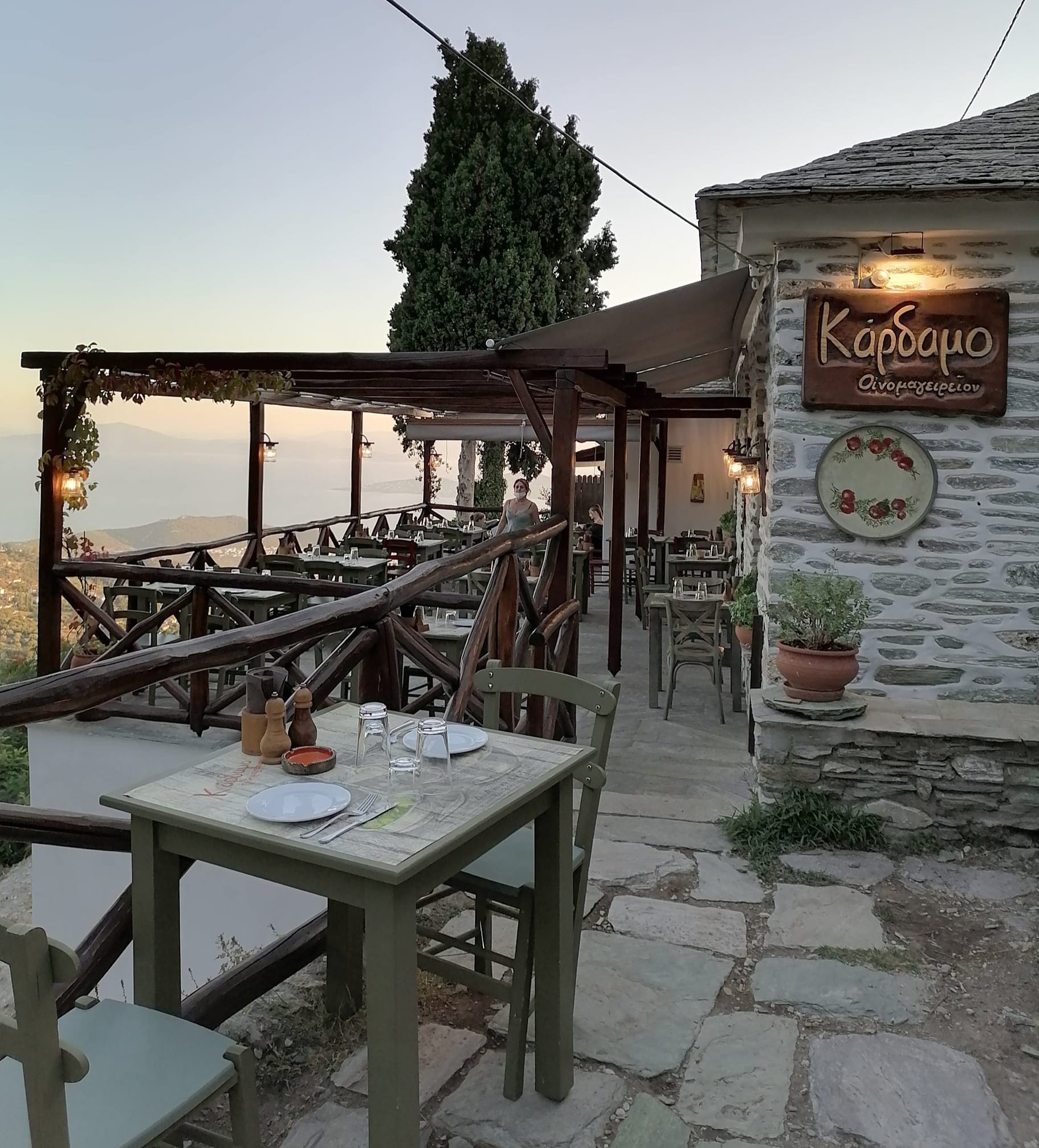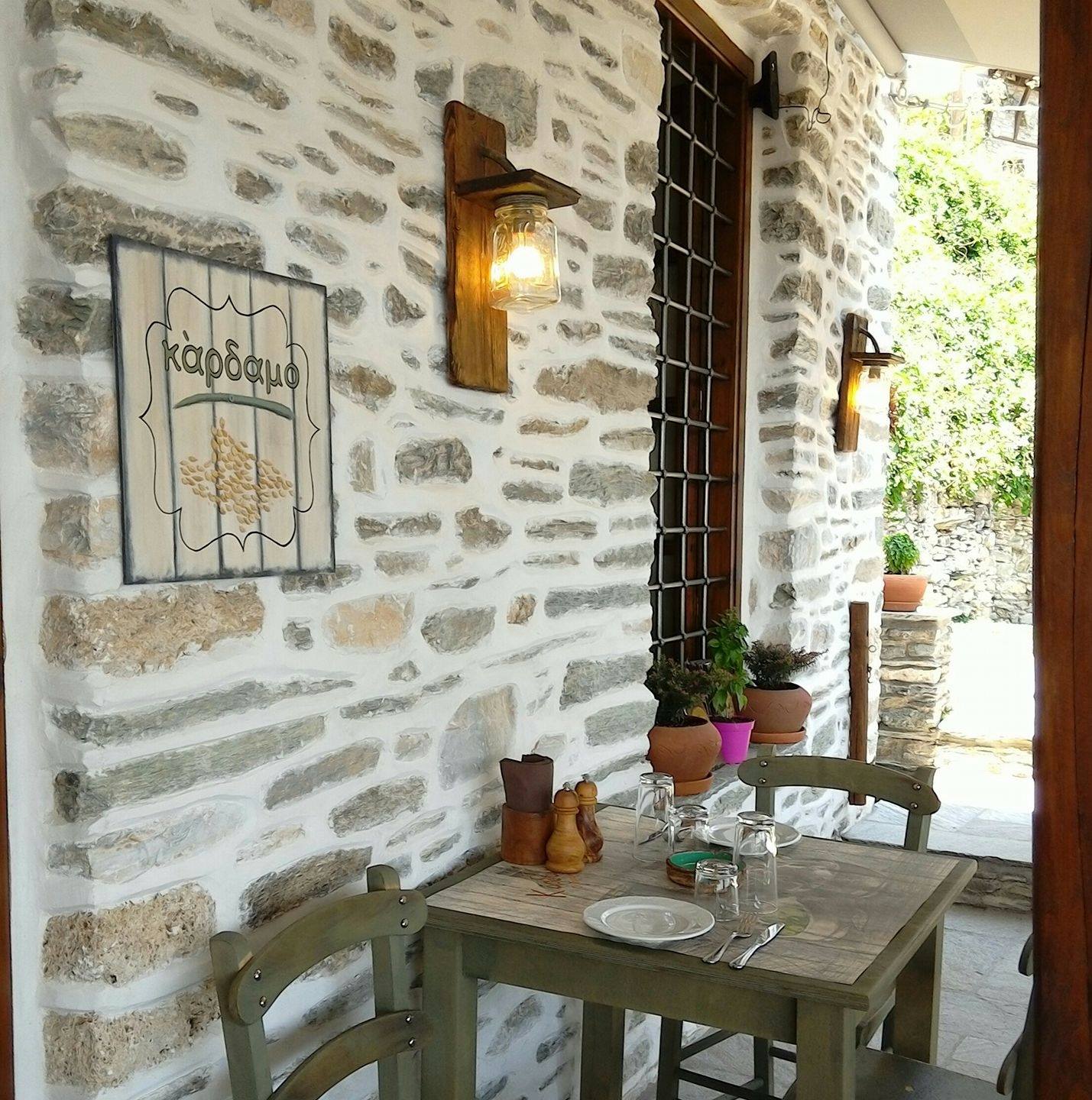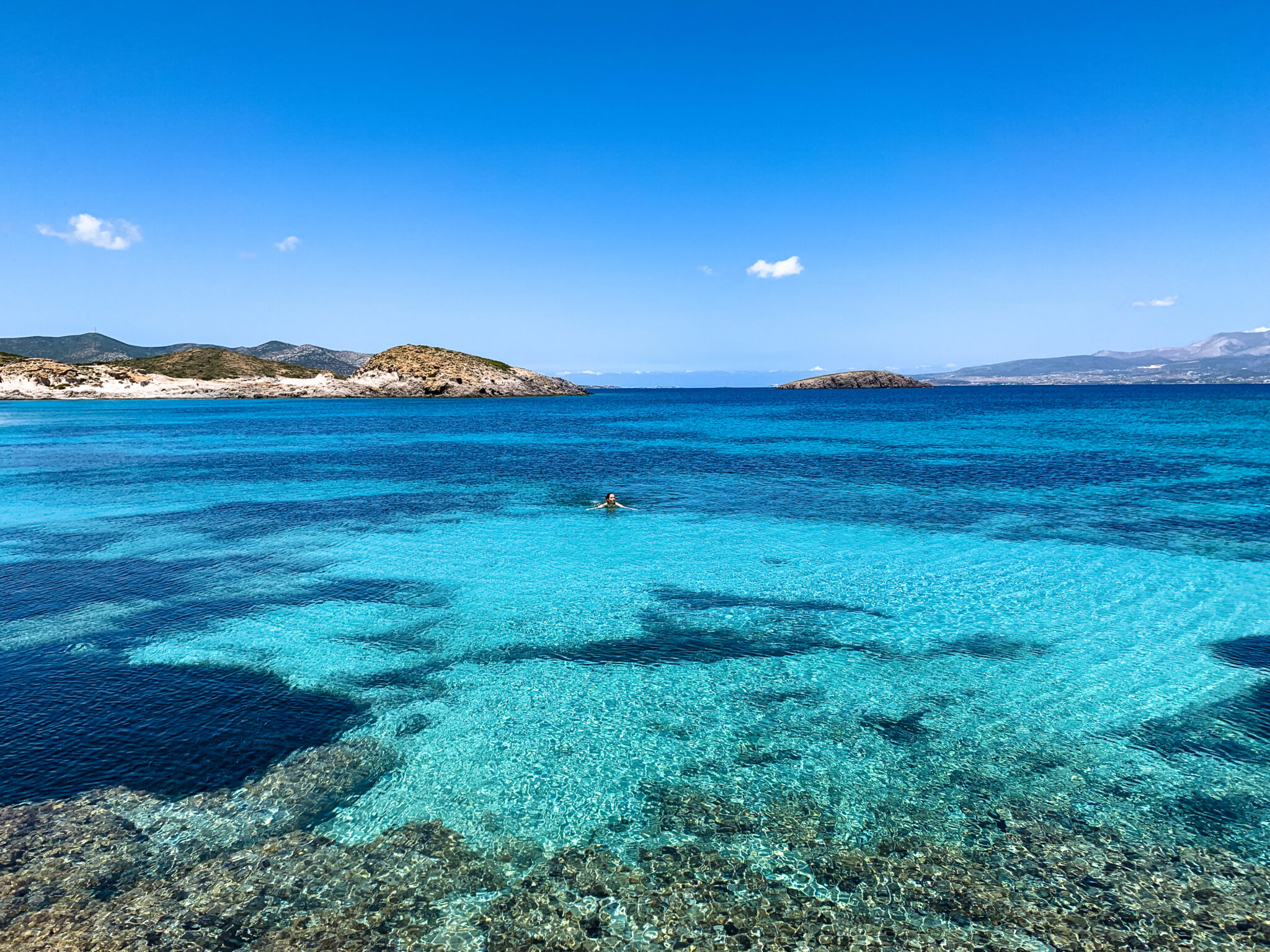At almost equal distance from Athens and from Thessaloniki, in the centre of Greece, on the Pagasetic Gulf, Volos combines the benefits of being one of the largest cities in the country with romanticism, good times, and rich culture. All year long, it’s one of the best ideas for a long weekend, offering magical nature and urban fun 24/7.
It’s impressive and touching to see a replica of Argo in the port. A replica of the 15th century BC penteconter ship, 28.5 m long and 4 m wide, built with lumber from Pelion, using tools and techniques of the time. With the folded linen sails, it looks like a seagull ready to sail in the sky’s sea.
Ferry boats link mainland Greece with the greenest islands of the Aegean, the Sporades, and cruise ships stop regularly here for travellers to enjoy the city’s beauty. The sailing tourism sector is steadily growing, and in the summer, 164 boats leave the port headed to the Sporades, Trikeri and all the stunning beaches of the Pagasetic Gulf, allowing the fortunate travellers to enjoy their holidays in constant contact with the sea, free to explore places that are not accessible any other way.
Every day the fish boats drop anchor at the edge of the port pier, near the Palia area. They bring their daily catch and sell it on the boat. The covered fish market and the fishmongers are nearby.
On Saturdays, there’s an organic farmers’ market with products from Pelion (fresh oregano, wild mushrooms, apples, chestnuts, olives, wild greens, tsitsiravla – turpentine tree shoots, usually pickled – etc depending on the season), as well as fruit and vegetables from eastern Thessaly – Megalo Monastiri and Agia – and from Dimini. The people shopping, the fish and vegetable sellers talking with each other and with the customers, with the backdrop of the neoclassical buildings, the tsipouradika (taverns serving tsipouro -traditional pomace raki- accompanied by fish meze) and the comings-and-goings of the cruise ships create an authentic, warm atmosphere.
The proximity to Pelion adds value to the town – the route between Volos, Makrinitsa and Portaria, very close by, is truly beautiful. But the town is beautiful in its own right, holding “tricks up its sleeve” to satisfy everyone: the nice beach of Anavros, for swimming in town, and ten more beaches around, all of them awarded with a blue flag, great night life, friendly vibes with long outings for tsipouro, nice cafés, a dreamy seaside promenade, and great museums.
The main branch of the university of Thessaly is based in Volos, which means that there is a lovely crowd of students filling the town with a vibrant buzz.
Beautiful, historic architecture is spread around town, including the Giorgio De Chirico art centre, housing the Alekos Damtsas collection with works by Greek artists, and the train station (1884) designed by Evaristo de Chirico (the famous painter’s father). Behind the train station, on Feron street, one of the most beautiful streets in town, you’ll find the great Museum of the City of Volos, nice restaurants and bars, and a wall covered with inspired graffiti art by UrbanAct.
The cathedral of Agios Nikolaos, designed by Aristotelis Zahos, with the old bell tower, the work of Italian sculptor Previsan, built in 1884, next to it.
The town hall designed by Dimitris Pikionis. Aegli Hotel in art nouveau style. The theatre Achillion, built in 1925, designed by the architect K. Argyris form Volos, that is still in operation.
Three busy streets (Dimitriados, Iasonos, and Ermou), near the church of Agios Nikolaos, mark the shopping area of town, while the streets of Koumoundourou and Kontaratou are popular spots full of cafés, bars and restaurants.
You’re bound to stop there for a coffee or a drink at one of the hip places, like the award-wining Groove bar (tel.: 0030 2421 033032) that serves desserts created by the well-known chef pâtissier Evgenios Vardakastanis, and original cocktails (that you can also get to-go) by bartender Thanasis Kouziokas.
History spills into the present
Volos contains tones of history, starting 9000 years ago, since the Neolithic times. Sesklo, the oldest village of Europe, is located west of the town. 5 km outside town, there’s another Neolithic settlement, Dimini, that was inhabited for the first time in the Early Neolithic Times, in the beginning of the 5th millennium BC.
The Archaeological Museum (tel.: 0030 24210 25285), that was founded in 1909, apart from the important findings it houses, also has a history that reads like a movie script.
When archaeologists started the excavations around ancient Demetrias, in the early 20th century, they found some painted marble tombstones. How could this have happened? In 88 BC, the town was attacked by the fleet of Mithridates VI, and since the town’s walls weren’t particularly strong, the townspeople, in an effort to defend the town, went to the cemetery and took the tombstones to cover holes in the defensive walls, covering them with a thick layer of clay. The clay protected the paintings, that are unique specimens of ancient Greek painting, and that caused Alexios Athanasakis, from Portaria, to make a donation in order for the museum to be created.
Inside the museum, apart from the tombstones, there are many interesting findings from Sesklo on display. Clay spoons, pots, strainers, olive pits, emmer wheat and all the daily necessities of the locals 9000 years ago. At the east of town, stands the green Goritsa hill, 200 m tall, with a panoramic view of Volos and the Pagasetic Gulf. At its foothills, near the beach of Anavros, there are two very unusual churches. One of them is the tiny Panagia Tripa church (1892) dedicated to Holy Mary. It’s built inside a cave and a small river runs through the church. The feeling that the sound of the water creates, mixing with the chanting is incredible, while the altar is not separated from the aisles allowing the flock to be in direct contact with what is happening in the altar.
The second church is Agia Triada, painted in 1951 by the famous painter Giorgos Gounaropoulos. The images on the dome, above the iconostasis, on the one wall, are simply dreamy, pure poetry without words.
The river Anavros is in the same area, where according to the myth, Jason lost his sandal, coming down from Pelion where he was a student of the wise centaur Chiron, hidden in the mountain’s shady gorges.
Anavros river meets the sea at a quiet location with traditional taverns on the beach. A lovely seaside park covered in green starts at Anavros beach and reaches Xenia hotel and Agios Konstantinos church, where the seaside promenade starts.
The promenade, called by the locals ‘paralia’, is the essence of Volos. 3 km exclusively for pedestrians, with the sea on one side, and on the other, cafés, bars, restaurants and tsipouradika. Among them, the legendary café-patisserie “Minerva” with the old-school deserts and ice cream covered in thick, fluffy whipped cream.
Paralia starts at the Agios Konstantinos park and ends at the town hall. Ancient Demetrias is located on the coast across from paralia, and, as it gets darker, you’ll see the lights on the green hills and imagine the powerful, cosmopolitan town that the successor of Alexander the Great, Demetrius I, founded around 300 BC, making it the capital of the Macedons.
Industrial heritage is a trademark of the town
Almost in the middle of the promenade, you’ll see the imposing Papastratos building that used to house the tobacco warehouses of the historic tobacco factory and is now a trademark of the town. But why would an industrial building be a trademark of a town instead of a statue, a park or a square? To explain this, we need to go a century back in time. In the early 20th century, between 1920-1930, Volos was the largest industrial centre and the largest port in Greece. The reasons this happened so fast after the town’s independence are very interesting.
When Volos came under the Ottoman rule, around 1400, the people deserted it, leaving the coast and moving to Pelion. They built monasteries and villages around them. At first, they were poor, but gradually they gained privileges. The reason for those privileges is the stunning beauty of Pelion that made the Sultan gift the area to his mother, Validé Hanoum. So, due to Pelion’s beauty, the people there were allowed to be semi-autonomous. The pashas let them be and didn’t impose many taxes, and the people thrived. The women made great silk products, and later wool and leather goods that everyone wanted, and the men became merchants, selling these products. The Zagorian ships left from Chorefto and Damouchari and through the Black Sea and the Danube river carried the goods all over Central Europe.
The people form Pelion became rich, built the lovely three-storey Pelion mansions, brought painters to decorate their walls, bought carved furniture. When Thessaly became part of the Greek state, in 1881, the people came back to Volos with their wealth, know-how and business flair. They invested in textile, tobacco, food, and metallurgy factories and flourished. They built houses next to their factories, exiting one door, entering the other. This close proximity of houses and factories within the urban planning is a unique characteristic of Volos.
Fifty-two large factories were built in town. Today 30 of them have a different use, while since the 60s all factories have been moved to the industrial zone of town.
But the beautiful buildings remain. The old Papantou tobacco factory houses the lovely Museum of the City of Volos, the Spirer building, another tobacco warehouse, houses the offices of city planning, the Tsalapatas rooftile and brickworks factory has been turned into a Rooftile and Brickworks Museum and Cultural Centre, honouring the town’s industrial heritage, presenting the production process of bricks and tiles step by step.
Examples of industrial architecture can be seen all over town, the industrial heritage has been preserved and adds to the town’s unique character. So, the Papastratos factory rightfully is Volos’ trademark. The neoclassical buildings and mansions in the scenic Palia neighbourhood, next to the Byzantine castle ruins, where the remains of a Mycenaean palace were found –perhaps Jason’s– show the wealth the various industries brought to town.
The immigrant houses that still remain in the neighbourhoods of Nea Ionia show also how the poor lived. While the area’s rich culture – ancient, Byzantine, modern – can be seen at the town’s interesting museums.
Palia, ancient Iolcos, and the Byzantine castle
Having walked the whole promenade, we reach the west part of town, the town hall in the Palia area. This is where ancient Iolcos was located, this is where Argo, carrying Jason and his Argonauts, left for Colchis to bring back the Golden Fleece. The famed ancient Iolcos (Volos is perhaps a corruption of word Iolcos) was built in the location of the Palia neighbourhood (the old market, with the tobacco warehouses that have been turned into tsipouradika) while parts of the Byzantine castle of Volos are still visible there. Having dinner next to ancient ruins in a nice restaurant, like for example “Veggera” (tel.: 0030 2421 023123), is very romantic.
Palia, with the air of early urban cities, the low houses and the shops selling farming tools, has become a hot spot in town. Vibrant café-bars and tsipouradika have become a hangout for students, visitors and locals of every age who enjoy their tsipouro and the very special atmosphere.
Excavations beneath the Byzantine castle brought to light remains of a Mycenaean mansion dating back to 1200 BC that is thought to be Jason’s palace.
The ritual of the tsipouradika and the immigrants
In September 1922, thousands of immigrants arrived in the port of Volos after the Greco-Turkish War of 1919–1922. The 13,000 people from Asia Minor settled in the industrial town of Volos, providing manpower to the factories, creating the neighbourhood of Nea Ionia that started out as a chaotic shantytown and turned into a municipality, and starting the great cultural tradition of the Volos tsipouradika.
Bringing their habits and customs from their lost homes, immigrants created some makeshift shops offering tsipouro. Their compatriots, who worked around the port, would go for some tsipouro at lunch break, to regain their strength and carry on with their day.
Cook Grigoris Helmis is the owner and founder of tsipouradiko “Mezen” (tel.: 0030 24210 20844) that has breathed new life into the tsipouradika scene of Volos says: “A tsipouradiko is not gastronomy. Let’s say it’s a bar. In order not to get drunk, you also eat some food. Have-a-sip-grab-a-bite-talk-a-bit, have-a-sip-grab-a-bite-talk-a-bit, and repeat”. A lot like life, that is.
In Volos and in Nea Ionia, the tsipouradika are a live tradition that runs through the social life of the town and charms visitors in one of the most powerful ways: through taste. In fact, there are around 500 tsipouradika in town, and almost all are thriving.
We asked Mr Helmis where he goes for tsipouro, apart from “Mezen” and he mentioned “Filaraki”, “Gianna”, “Kavouras”, “Xifias”, and “Voliotakia”, adding, however, that most tsipouradika serve good tsipouro and fresh, well-prepared meze.
Deputy-mayor of tourism, Mrs Bantou Topaloudi, has announced that the municipality has already put forth the proposal for the tsipouradika of Volos and Nea Ionia to be included in the National Inventory of Intangible Cultural Heritage of Greece. Nea Anchialos, a village in the Volos region, also is home to many tsipouradika. Nea Anchialos has a lovely beach and its residents are descendants of immigrants from Eastern Rumelia, while it is also home to four distilleries that sell their products and even export them.
Distiller Nikos Tokalis, with origins in Eastern Rumelia says that everyone in Nea Anchialos makes their own tsipouro. “The vines, the grapes, the tsipouro is part of our daily life. Everyone is somehow connected to vines and grapes.” Organic vineyards Tokali were established in 1990 and produce double distillation tsipouro both with and without anise, as well as organic wine. The distillery is open to the pubic (5th km Nea Anchialos – Mikrothives road, tel.: 0030 6972719768, 0030 6976326556) .
The Oxyots of Thessaly Association “I Oxya”, that has been around for over 35 years, is very active. The association was founded by people from the village Oxya in Agrafa, Karditsa, who came to Nea Anchialos in the 1950s and 1960s. The association revives customs and traditions of the village, has a very strong dance group, and often organises culinary seminars on the famous pies from Thessaly (www.oxya-na.com/).
Be they people with origins from Oxya, or from Eastern Rumelia, or visitors, everyone in Nea Anchialos honour the tradition of the tsipouradika and doesn’t miss an opportunity to have-a-sip-grab-a-bite-talk-a-bit overlooking the sea at one of the tsipouradika of the area like “To Finistrini” (tel.: 0030 2428077541) with the fresh seafood and the nice meze and the endless sea view.
In Makrinitsa and Portaria
Two beloved Pelion villages, Portaria and Makrinitsa, are part of the municipality of Volos, combining the unique vibe of a Pelion village with strong tourist development, and an amazing view of Volos and the Pagasetic Gulf. A particularly beautiful sight in Portaria is the katholicon of the old monastery of Panagia Portarea, according to some, Portaria owes its name to the monastery. It was built in the late 13th century and is decorated with rare frescoes of scenes from Holy Mary’s life. The majestic church of Agios Nikolaos (1885) stands right next to Panagia Portarea. The church is a three-aisled basilica, the aisles are divided by columns with carved capitals, it has a lovely wooden carved iconostasis, while the elevated altar inspires awe to the flocks. Between May and September, in the church’s courtyard, the hundreds blooming hydrangeas create an amazing scene.
The Historical & Folklore Museum, housed in the Zoulia mansion (1864), is of great cultural and historical interest (tel.: 0030 2421029878).
The Centaurs’ Path is exquisitely beautiful (about 2 km of a mildly uphill trail) that starts at the Adamena square and ends at the Mana Spring, a distance that takes about 40 minutes to cover, through the verdant forest. It starts at a large stone arch, Kamara, as it’s known among the locals, and is a paved path that goes under trees, next to running waters, over wooden bridges, surrounded by green, in the cool, creating a feeling that fairies and other magical creatures are watching your every step.
Landmarks in “Pelion’s balcony”, as Makrinitsa is called due to its breath-taking view of Volos and of the Pagasetic Gulf, include Brani square with the lovely creek over it, the elaborate fount of Athanato Nero, and the stone church of Agios Ioannis Prodromos.
At the historic “Theofilos” coffeeshop, a large fresco by the folk painter Theofilos Xadjimichael’s, of 1821 hero Antonis Katsantonis covers an entire wall. The Folklore Museum (tel.: 0030 2421099505), housed in the three-storey Topali mansion is also very nice.
Some of the shops on the main street that crosses the village have balconies and verandas with unobstructed views of the sea and Volos. We recommend the café-bar “Synaxi ton Theon” (tel.: 0030 2428090159), the tavern “Oinomageireion Kardamo” (tel.:00r0 2428 090131) with well-made traditional local dishes, as well as “Votanothiki” (tel.; 0030 6938923627) a tiny little shop selling countless herbs and amazing spoon sweet preserves – try the firiki apple and the chestnut one – and marmalades.
*For more information on Volos go to www.volosinfo.gr or at Lambrou Sekeri street (tel.: 0030 2421030930)
*Knowledgeable and sensitive tours by Giota Pantou, www.pelionculture.gr, tel.: 6945755600
Read also:
Carla Lake in Thessaly is one of the most important wetlands in the Mediterranean
Volos: Best places for food and coffee
Carefree walks, plenty of wine and crystal clear waters in southern Pelion



